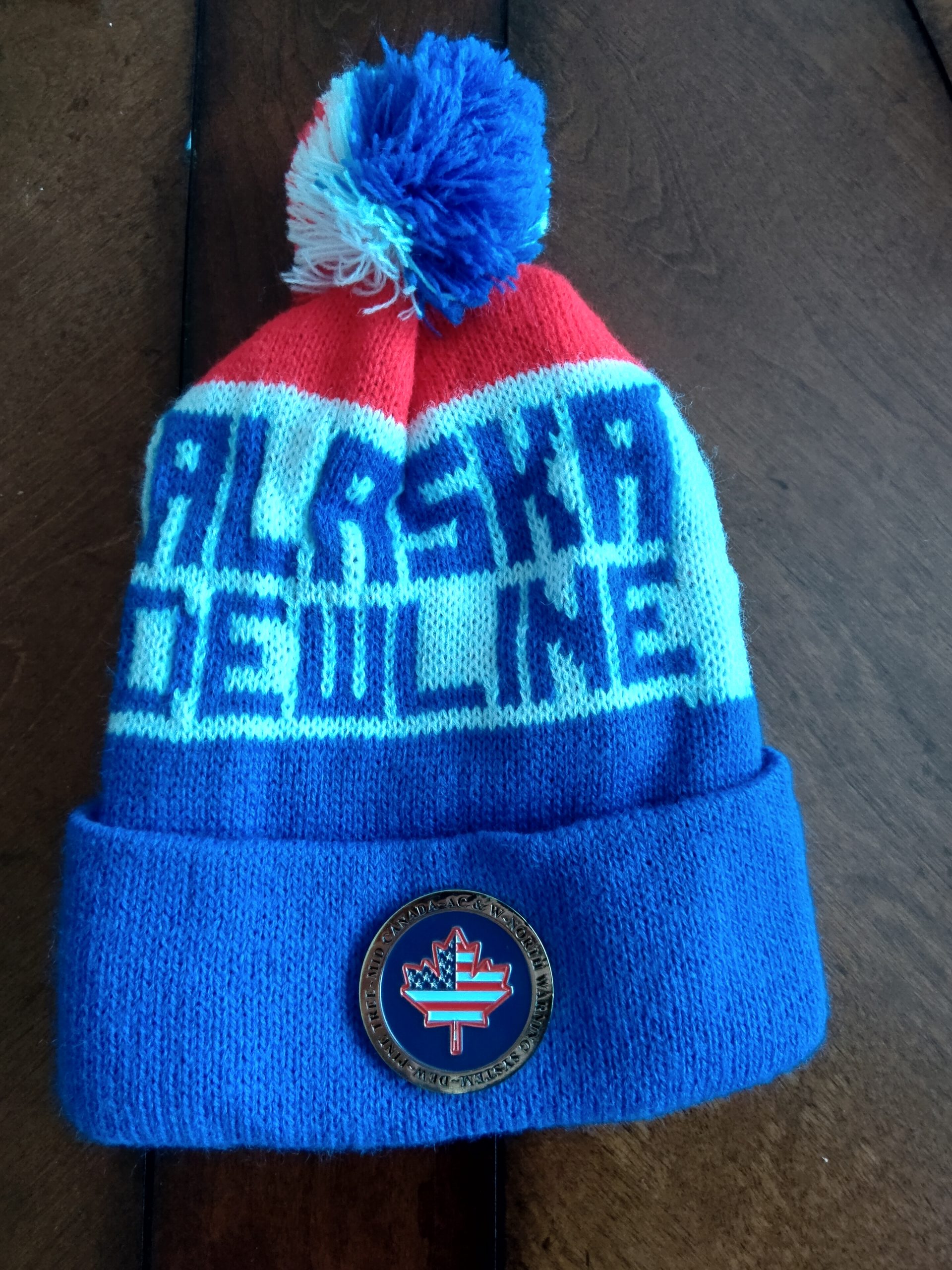I just finished reading Brian Jeffrey’s book “Adventures from the Coldest Part of the Cold War.” Brian’s book reviews his DEW Line and life experiences. The DEW Line represents a time in our history when the United States took huge risks. The Soviets and the United States were in a Cold War. Both sides had their hands on the triggers, so to speak. Nuclear technology was being tested on the Bikini Atoll, along with experimentation with small, portable nuclear reactors like the one seen below.
Read more about Brian’s DEW Line adventures on his website at http://www.dewlineadventures.com/.

The DEW Line was a logistical feat, worthy of only the strongest and toughest minds. Built, in cooperation with Canada, the DEW Line completion proved to the world that North America could intelligently detect enemies. We transported equipment and supplies by the thousands of tons, including 140,400 tons by aircraft, 281,600 tons by naval convoy, 17,600 tons by cat train, and 20,300 tons by barge. LeTourneau’s Overland Trains, more specifically, the VC-22 Sno-Freighter and LCC-1 Sno-Train helped transport those materials over the snow and to the doorstep of those who needed it most.
Technical Note: As an avid Kindle reader, I find the highlighting and notes within the device extremely useful. All of these highlights and notes are found at https://read.amazon.com/notebook. Export them as a PDF and you have a “paper copy” ready to print.








